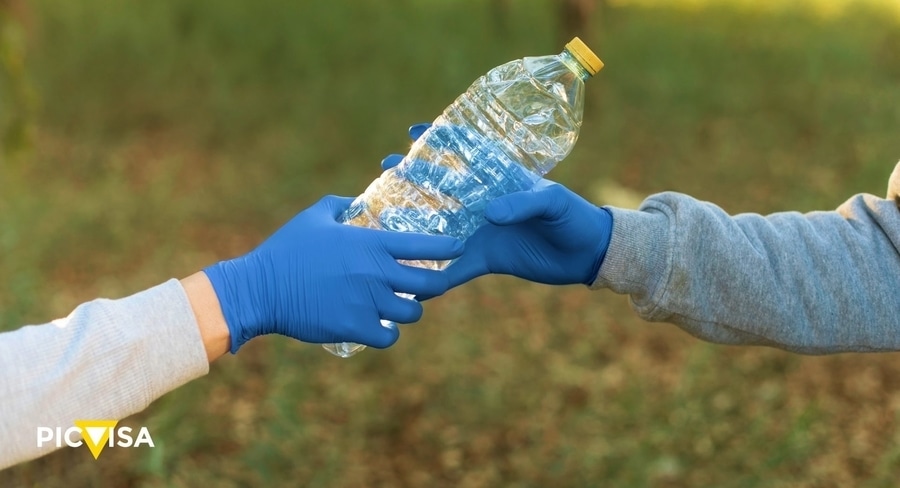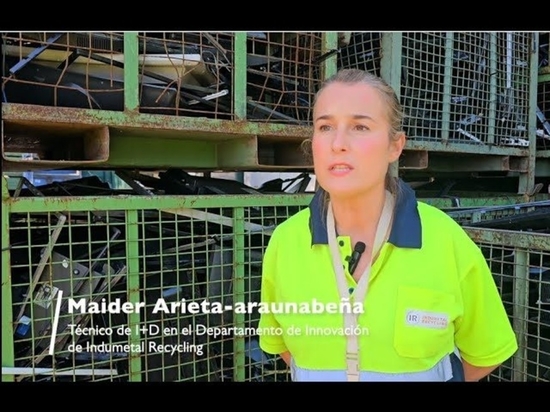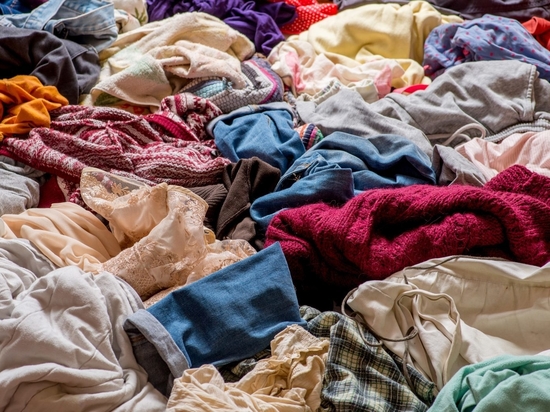
#White Papers
20 recycling facts & statistics to advance toward a circular economy by 2025
20 recycling facts & statistics to advance toward a circular economy by 2025
The practice of recycling is growing, as is the global population. To meet the increasing demand for products, new ones are being manufactured using more natural resources. Despite efforts to promote more efficient production, we continue to extract too many resources and dispose of too many items as waste. Recycling efforts remain insufficient, underscoring the importance of focusing on recycling facts to inspire action.
We need to accelerate our transition toward a circular economy that allows us to maintain the value of products, materials, and resources for as long as possible. Products should be recycled at the end of their life cycle while minimizing waste generation. Reviewing some of the most impactful recycling facts, it’s clear: if we truly wish to preserve our planet for future generations, we must change how we produce and consume.
Fact 1: The global circularity rate is declining
This indicator, also known as the rate of circular material use, measures the share of secondary materials globally. It has decreased by 21% over five years, from 2018 to 2023. The reason: most materials entering the economy are virgin materials, according to the 2024 Circularity Gap Report.
Fact 2: In 2023, 11.8% of materials used in the EU came from recycling
According to Eurostat, the EU’s circularity rate increased by 0.3 percentage points (pp) compared to 2022 and 3.6 pp compared to 2004, the first year for which data is available.
Fact 3: In 2023, the Netherlands had the highest circularity rate (30.6%)
Italy (20.8%) and Malta (19.8%) followed. The lowest rates were recorded in Romania (1.3%), Ireland (2.3%), and Finland (2.4%).
Beware of MSW (Municipal Solid Waste)
Fact 4: Only 19% of municipal solid waste (MSW) is recovered through recycling and composting
According to the World Bank, 2.01 billion tons of MSW are generated annually, enough to fill 822,000 Olympic swimming pools.
Fact 5: Urban waste will increase to 3.8 billion tons by 2050
This projection comes from a global study by the United Nations Environment Programme and the International Solid Waste Association (ISWA).
Fact 6: Each person generates an average of 0.74 kilograms of waste daily
This figure, according to the World Bank, varies widely by country: from 0.11 to 4.54 kilograms.
Fact 7: Wealthier countries lead in MSW generation
They account for about 34% of the world’s waste—63 million tons—despite representing only 16% of the global population.
Fact 8: At least 33% of MSW is not safely managed
This figure from the World Bank highlights the negative environmental impact of inadequate waste treatment.
Fact 9: The EU aims to recycle at least 60% of its MSW by 2030
These wastes account for 7% to 10% of the total waste generated by its 27 member countries.
Fact 10: Germany, Slovenia, Austria, the Netherlands, and Sweden lead in recycling
These countries recycle the highest proportions of MSW. In 2023, the European Commission warned that Spain was far from meeting the EU’s urban waste reuse and recycling targets.
Plastic Pollution
Fact 11: Only 9% of plastic is recycled
According to the Organisation for Economic Co-operation and Development (OECD), only 9% of plastic waste was recycled globally in 2019. Nineteen percent was incinerated, nearly 50% went to sanitary landfills, and the remaining 22% was mismanaged—disposed of in uncontrolled dumpsites, burned in open pits, or leaked into the environment.
Fact 12: The EU is legislating to eliminate single-use plastics
Globally, there is increasing regulation to reduce the use of non-recyclable plastics in packaging, promoting alternative materials such as bioplastics.
Glass Recycling
Fact 13: Only 21% of glass is recycled globally, according to MMR
This percentage remained consistent in 2023, says Statista. In the EU, the average glass packaging collection rate was 80.2% in 2022, according to Close the Glass Loop. Remember: a bottle can take up to a million years to degrade, and recycling it saves enough energy to power a 100-watt light bulb for four hours or a computer for 30 minutes.
Fact 14: In 2023, the EU’s glass recycling rate was 76%
Rates increased across the 27 member states, though figures varied from one country to another, according to Eurostat.
Paper Recycling
Fact 15: Europe’s paper recycling rate was 70.5% in 2022
This data comes from the Confederation of European Paper Industries (CEPI). The European Paper Recycling Council (EPRC) aims to achieve a 76% recycling rate in the region by 2030, working across the material’s value chain.
Metal Recycling
Fact 16: 74.5% of all aluminum produced globally remains in use
Published in 2024 by the International Aluminum Institute, this figure highlights aluminum’s infinite recyclability. Recycling aluminum saves 94% of carbon emissions and 93% of the energy required to produce new aluminum.
Fact 17: The United States recycles enough scrap to build 900 Golden Gates
Recycling iron and steel by weight could construct 900 2.7-kilometer bridges.
E-Waste (Electronic Waste)
Fact 18: In 2022, 62 million tons of e-waste were discarded
This amount equals 1.5 million trucks, which, if lined up, could circle the Earth’s equator. The Global E-Waste Monitor warns that e-waste is growing five times faster than its recycling rate.
Fact 19: Recycling batteries could power 25% of the EU’s electric cars by 2030
This conclusion comes from a study focused solely on the European market, published by the European Federation for Transport and Environment (T&E).
Clothing and Textile Recycling
Fact 20: Only 0.3% of materials used by the textile industry come from recycling
Globally, this industry consumes 3.25 billion tons of resources annually to produce increasingly short-lived items, according to a report by Circle Economy and the H&M Foundation.
Top 20 recycling facts and statistics for 2025
At PICVISA, we know there are many ways, big and small, to change how we manufacture and consume. We work to create cutting-edge technologies that help advance toward a circular economy. At home, we can all recycle more and better, opt for renewable energy, buy quality, durable clothing, reduce plastic consumption, or redesign old furniture.
We suggest a great read: Sustainable Home by Christine Lui. It includes practical tips and 18 projects designed to help us reduce our environmental impact. Every small step counts!





